What does Adaptive Reuse mean?
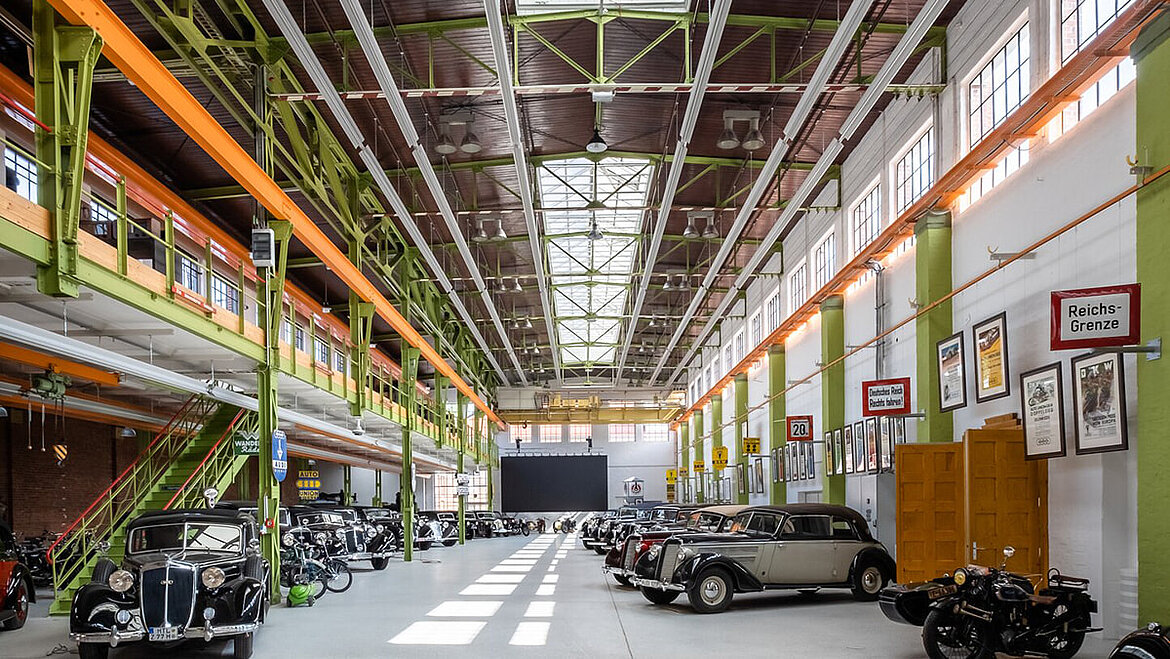
Adaptive Reuse means the structural further development, renovation or repurposing of existing buildings – from attic conversion to extensions all the way to transformation. Instead of demolition and new construction, it is about preserving existing structures and integrating new usage concepts. Whether listed townhouse, warehouse or office building: every object holds potential.
The conversion often improves technology, spatial program or energy efficiency. Repurposing goes further and changes the function fundamentally – for example from office to hotel. Especially in the context of the climate crisis and land consumption this type of construction gains importance.
Why Adaptive Reuse is Becoming More and More Importan
About 66% of residential buildings originate from the time before 1979, many of them are in need of energetic renovation. At the same time the renovation rate stagnates at only 0.7% – for the climate goals three times as much would be necessary. New constructions cause high CO₂ emissions and resource consumption. Adaptive Reuse, on the other hand, uses existing structures and saves energy, material and land. But it is not only about technology and economy, but also about culture and society.
About 66% of residential buildings originate from the time before 1979, many of them are in need of energetic renovation. At the same time the renovation rate stagnates at only 0.7% – for the climate goals three times as much would be necessary. New constructions cause high CO₂ emissions and resource consumption. Adaptive Reuse, on the other hand, uses existing structures and saves energy, material and land. But it is not only about technology and economy, but also about culture and society.
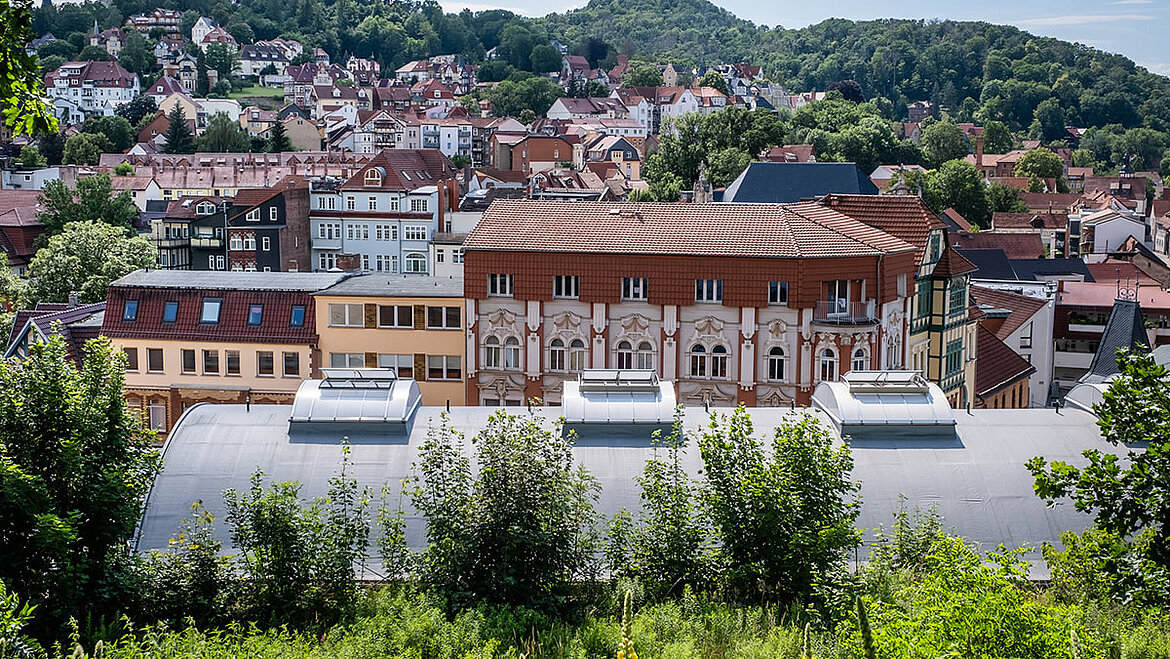
More about Line Nørmark Jakobsen and her work at Transition
Transition is an interdisciplinary consultancy founded in 2014 with the main goal of accelerating the transition to a sustainable society. We carry out technical assessments, provide strategic advice, and combine data analysis and communication with anthropological insights, because we believe: change only succeeds through people. Our team comprises around 50 employees with solid expertise in sustainability, including engineers, anthropologists, business developers and energy consultants. Within the built environment, our focus is on renovation and transformation. We love unique buildings and see the built environment as a tangible manifestation of societal prosperity.
We work with a model we call the “renovation hierarchy”: maintenance comes before renovation, renovation before transformation, and new builds are the last resort. At every stage, we place great value on circular economy principles, both in design and in material reuse. We adopt a regenerative approach by integrating bio-based materials. But it’s not just about energy efficiency, we also seek to create social value, for instance by breathing new life into existing spaces through clever repurposin.
I’m driven by the desire to develop existing buildings in a way that keeps them culturally and functionally relevant. Every old building represents an investment not just in CO₂ and resources, but also in history and identity. My goal is to preserve this stock intelligently while making it future-proof. I specifically look for details and materials that can extend a building’s lifespan, either through architectural and functional upgrades or by supplementing with bio-based or reused materials. A well-preserved sink, door, or lighting fixture can tell the story of a building. Likewise, a reconfigured floor plan can enable an entirely new use. Both are for me building blocks of sustainable transformation.
What Advantages Does Adaptive Reuse Offer?
The probably biggest advantages of Adaptive Building Reuse are sustainability, resource conservation and climate protection. Whoever decides for conversion and repurposing saves considerable amounts of CO₂ emissions that would arise from demolition and new construction. Also the consumption of primary raw materials is significantly reduced. Line Nørmark Jakobsen emphasizes in this context the role of regenerative building materials and of a so-called renovation hierarchy: “Maintenance comes before renovation, renovation before transformation and new constructions are the last resort.” Here it is not only about energy efficiency, but also about the question how spaces can become socially relevant again through intelligent repurposing. Since Adaptive Reuse plays such a decisive role, energy-saving and sustainable renovation measures are subsidized and promoted.
When is renovation worthwhile, and what is the situation in Europe? Line Nørmark Jakobsen explains.
In general, renovation is the better choice, both ecologically and economically. Only in cases of severely damaged buildings or radically changed usage requirements does it become difficult. Owners are therefore well advised to invest regularly in maintenance. And lawmakers must factor in the environmental costs of new usage demands, for example in schools, administrative buildings or hospitals.
There are thousands of wonderful buildings that would greatly benefit from conversion or even just retrofitting and could bring immense value to surrounding communities. However, the main issue, as in many countries, is economic: as long as building new on greenfield sites is cheaper than a complex renovation, the existing stock will remain disadvantaged. This leads to unnecessary resource use and high emissions.
At the same time, Denmark has clear legal requirements for energy renovation, and preserving historical buildings is also regulated by law. Yet these often clash with intensive new building activity, putting enormous pressure on developers. Particularly in structurally weak regions, many buildings lose their relevance and fall into disrepair, even though they are still needed.
For me, it’s clear: our buildings are more than just functional spaces. They shape our communities, our urban image, and our history. And they deserve respect, because previous generations created them with high ecological and economic effort.
I believe Germany is already well positioned. In cities like Berlin, Hamburg or Dresden, I see impressive examples of successful renovations and creative transformations. A stroll through Berlin shows: world-leading renovation projects are taking place here. Functional use of buildings is also very consciously designed in Germany, resulting in a distinctive aesthetic sensibility.
What Challenges Does Building in Existing Structures Pose?
However, Adaptive Reuse also brings challenges – both in planning and in financing. Often old buildings are only insufficiently documented, contain pollutant-contaminated materials or do not meet today’s requirements regarding statics, energy efficiency or accessibility. Also the costs are not always calculable. Depending on condition they lie between 800 and 2,000 euros per square meter. Unexpected legacies or requirements in monument protection can increase the effort.
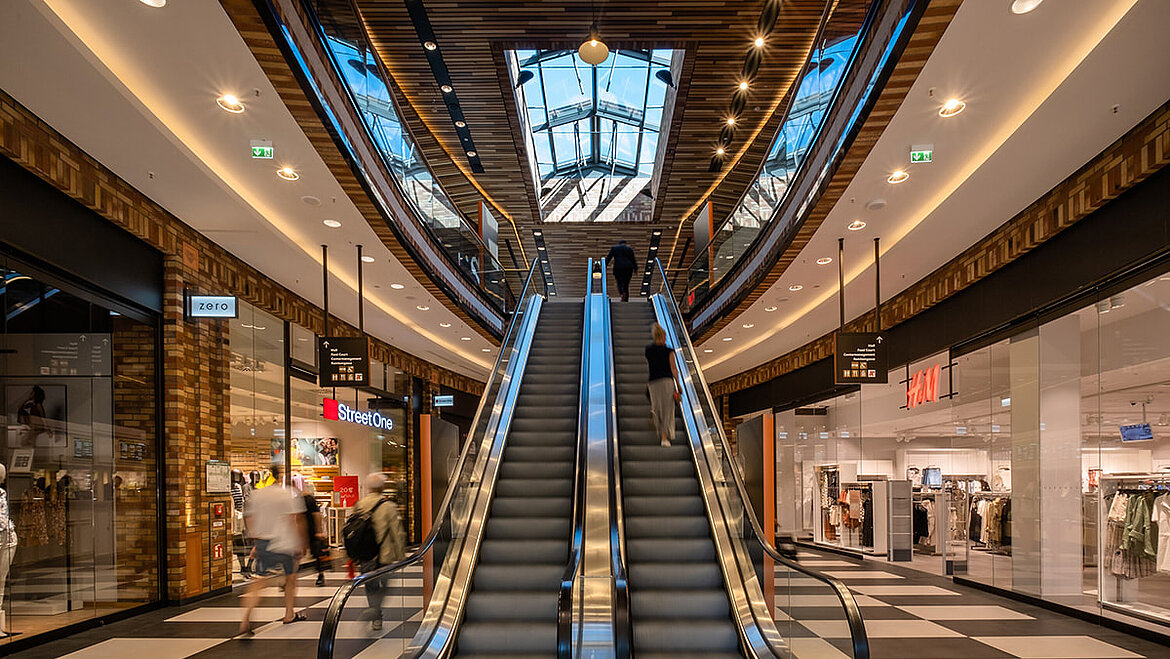
Adaptive Reuse: Examples that Inspire
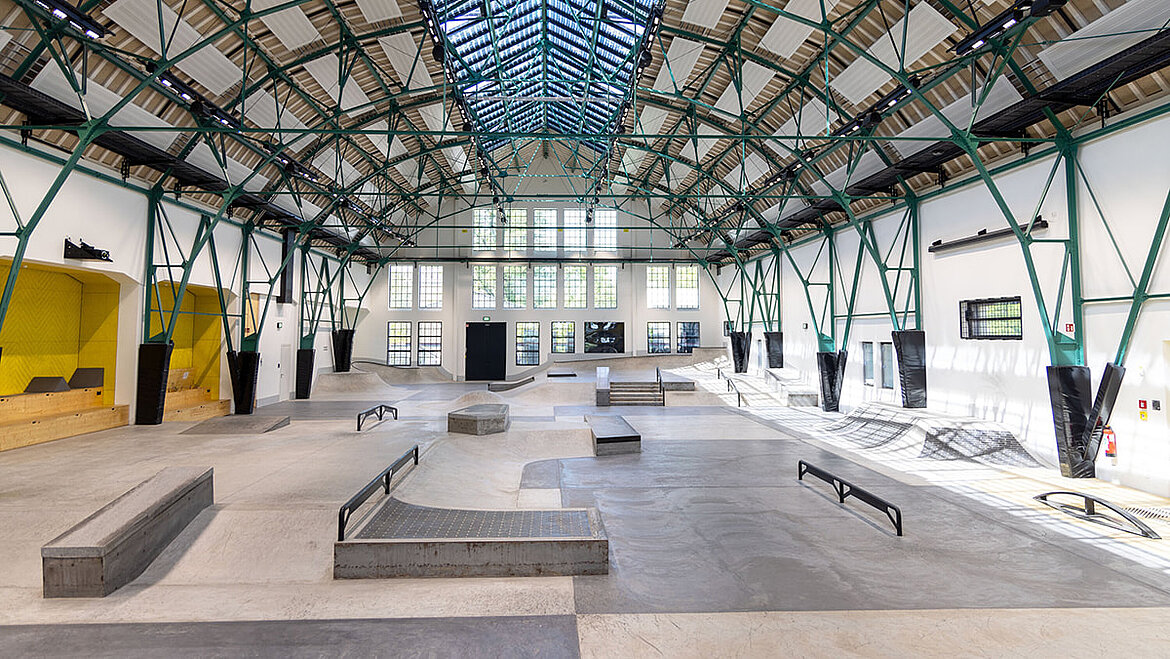
A showcase project is the listed Eggenhalle in Munich-Pasing. Where agricultural machines used to be produced, today the Center for Applied Skateboard Arts (CASA) is located. Instead of demolition, the City of Munich decided for careful renovation and handed the planning to the office Behnisch Architekten. A central element is the Glass Roof PR60 from LAMILUX: around 229 m² of glass surface with 136 integrated PV glass panels provide light, air and energy. With that the project connects historical substance with modern technology and creates a meeting point for skaters, families and school classes. The example shows: with the right collaboration of architects and specialist planners, Adaptive Reuse can create places that connect past and future.
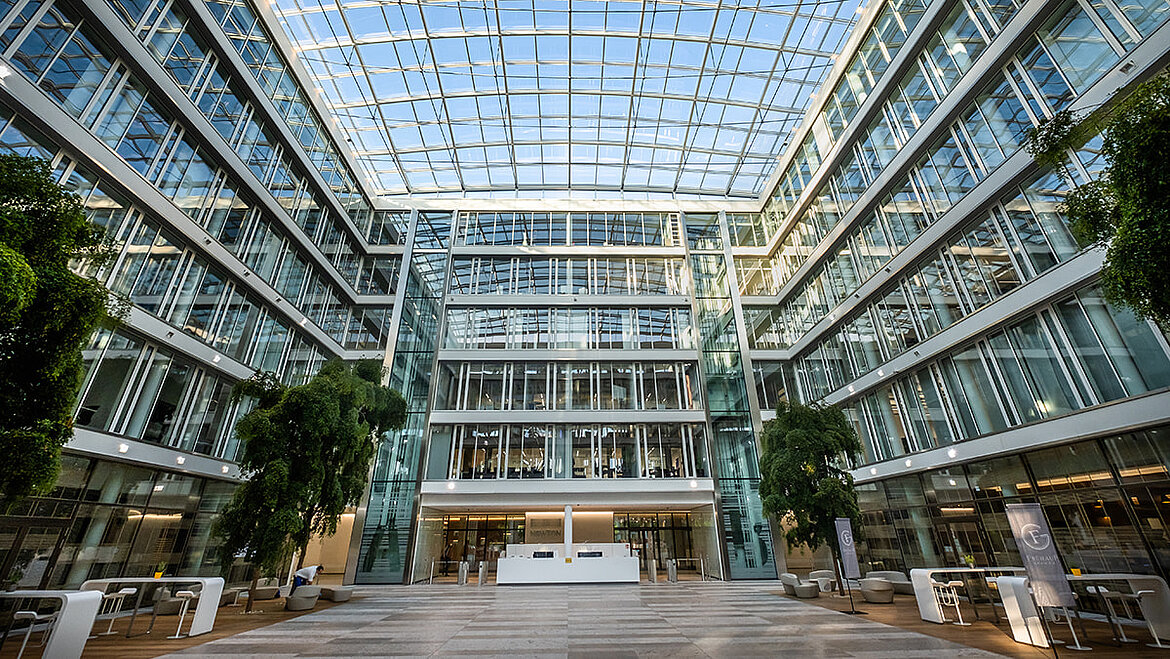
Projects by LAMILUX
Experience How LAMILUX skylights transform buildings. From impressive glass roofs to innovative skylights – our projects showcase the diversity of modern daylight architecture. Be inspired!
What does the architect say about LAMILUX daylight systems?
It has broadened significantly from purely economic questions to a holistic view of the building’s life cycle. Energy efficiency today also means: how much material is used for it? What effects does this have on the environment and biodiversity?
The energy crisis following the Ukraine war showed how urgently we need a sustainable building infrastructure. Unfortunately, this awareness is already fading. But new EU regulations are sending clear signals. Sustainability is no longer a niche topic, but the sector is still far from the depth and urgency required. The key factor remains: economic viability. And only political framework conditions can shift that.
Tips and Tricks for Adaptive Reuse
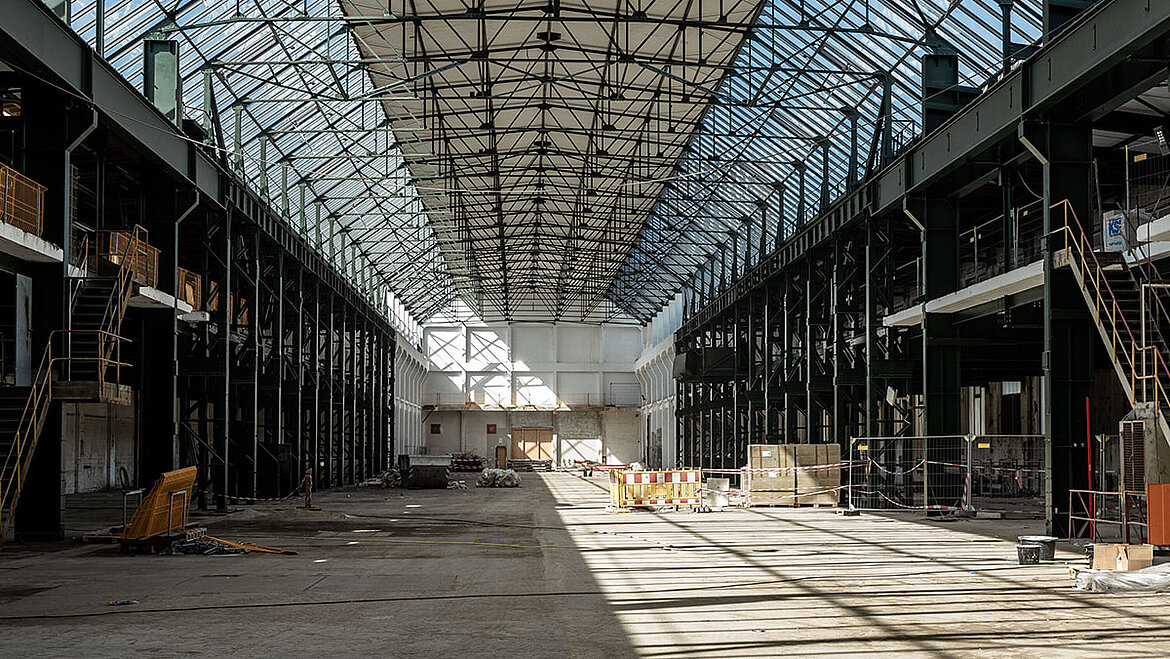
Whoever wants to convert or repurpose a building should invest early in analysis and planning. A thorough inventory is the first step, as it delivers important information about:
- Existing materials
- Pollutants
- Structural conditions
- Energy consumption
- Potential for component reuse
Life cycle analyses (LCA) are useful here, as they record the environmental impacts of an existing building over its entire life cycle. In addition, data analyses and CO₂ mappings are central tools:
- They reveal the so-called “embedded CO₂ value”
- They allow comparison of different renovation and usage scenarios
Another practical approach is the mapping of the building, both analog and digital, which helps to:
- Document and identify components
- Secure components for other projects or later repurposing
The building resource passport of the DGNB is also helpful, as it:
- Creates transparency about the ecological properties of a building
- Promotes circular Adaptive Reuse
This combination of analysis, mapping, and documentation enables well-founded decisions that lower costs and increase future viability.
This is how Line Nørmark Jakobsen proceeds
Above all, they provide clarity. A life cycle assessment reveals the environmental impact of a project, particularly the carbon footprint. An environmental assessment analyses which materials and pollutants have accumulated over decades. Especially in buildings from the 1950s to 1970s, one encounters numerous chemical substances that are both robust and toxic. This demands creative solutions in remodelling buildings. That’s where these tools help: they connect analytical rigour with design freedom.
We map buildings to understand their potential. We use mapping as a knowledge base for owners or for material reuse after deconstruction. With CO₂ mapping, we calculate the embedded CO₂ value and evaluate renovation scenarios. We combine analogue exploration with digital documentation creating the foundation for creative processes.
Building Conversion and Repurposing as Future Strategy
Adaptive Reuse is more than an alternative to new construction – it is a strategy for a sustainable future. Whoever preserves or transforms existing buildings and properties conserves resources, reduces emissions and preserves identity. At the same time modern technologies such as skylights, photovoltaic solutions or life cycle analyses open up new design and technical possibilities in dealing with old building substance.
Line Nørmark Jakobsen puts it in a nutshell: “You don’t always have to build new. We have so much existing stock, that should rather be repurposed instead of tearing it down.”
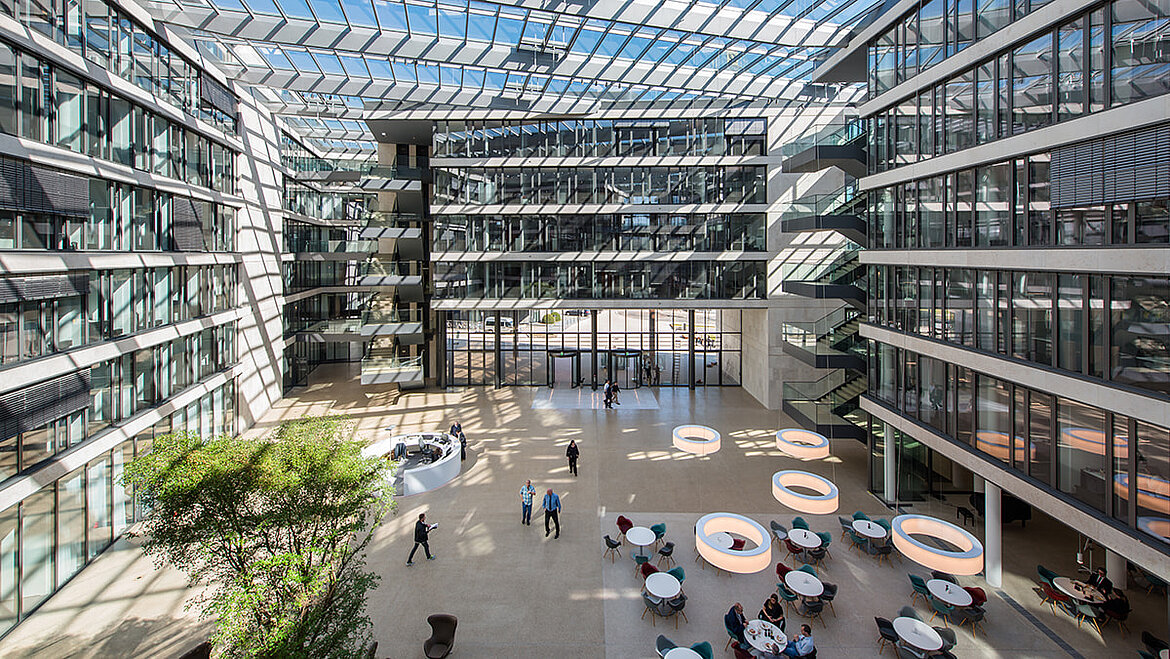
Our skylights
Whether skylights, glass roofs or continuous rooflights – LAMILUX offers a wide range of systems for your roof. With genuine Made-in-Germany quality, they provide long-lasting solutions for flat roofs, combined with aesthetic design.

